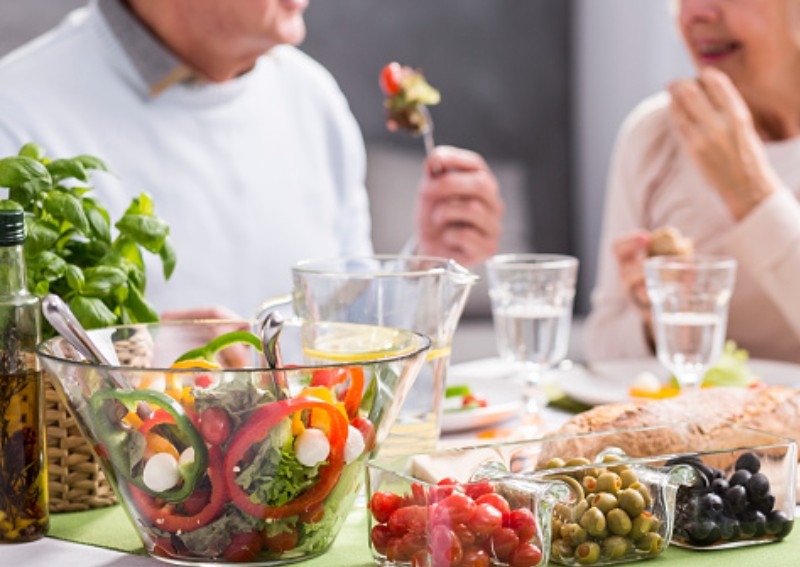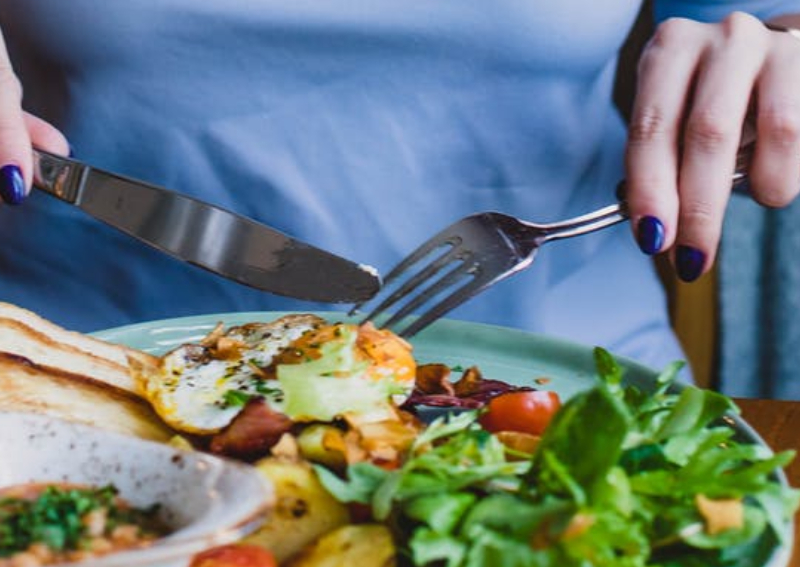10 easy-to-swallow recipes that are dysphagia-friendly

People prescribed with soft food diets are those who cannot tolerate normally textured or highly seasoned foods. It consists of soft and easily digestible foods.
Soft food diets are usually used to treat swallowing disorders which are also known as dysphagia. The condition is common in older adults and those with neurological disorders and neurodegenerative diseases

Dysphagia can be defined as a swallowing disorder. Three phases of swallowing when dysphagia can occur are:
Dysphagia is typically observed in stroke survivors and can disrupt the oral and/or pharyngeal phase of swallowing. In attempting to swallow saliva, liquids, or food, the patient may cough or choke.
A speech-language pathologist will be brought in to assess a patient’s ability to swallow. This is important in order to calculate the risk of aspiration, (food or liquid going into the lungs) which potentially may cause lung infection or pneumonia.
Stroke survivors have a greater risk of silent aspiration. Silent aspiration is when food and liquid enter into the lungs without any coughing or choking. These patients do not show any outward signs or symptoms of a swallowing problem.
Soft food diets are usually prescribed by healthcare practitioners to post-surgery patients and people with certain medical conditions.
Soft food diets are common in hospitals, long-term care facilities, and even at home. Usually, soft food diets have to be followed for short periods of a few days to a few weeks. But in some circumstances the diet may need to be followed for a longer period or for patients with dysphagia, a soft food diet will become their only option.
Seniors who suffer from dysphagia often have to start a soft food diet. Commonly referred to as dysphagia diet, every meal must be prepared in ways that will prevent any choking incident and ensure they are comfortable enough to consume full meals.
But not all dysphagia diets are equal. In fact, there are four diet levels for seniors. Each level has different restrictions depending on the medical recommendations.
Preparing meals for your loved one can be quite challenging, especially since dysphagia diet food must include essential nutrients and taste delicious too. Experts in senior care have encouraged a “food first” mindset, which means it is best to get nutrients from real foods instead of going heavy on supplements.
Being restricted to a soft food diet or dysphagia diet post-surgery or due to medical conditions might sound difficult but it is surprisingly easy and there is no need to compromise on taste at all. All it takes is a little bit of creativity and planning.
Just try to include all of the major food groups and for post-surgery patients, protein is crucial to speed up the healing process.
Ingredients
1 tablespoon olive oil
2 celery ribs, chopped
1/2 cup chopped onion
1-1/2 pounds red potatoes (about 5 medium), cut into 1/2-inch cubes
3-1/2 cups frozen mixed vegetables (about 16 ounces)
1/2 teaspoon pepper
1/2 teaspoon dried thyme
2 cartons (32 ounces each) reduced-sodium chicken broth
2-1/2 cups coarsely shredded cooked turkey or chicken
2 cups biscuit/baking mix
2/3 cup 2 per cent milk
Directions
Ingredients
1-1/2 cups uncooked elbow macaroni
5 tablespoons butter, divided
3 tablespoons all-purpose flour
1/2 teaspoon salt
1/4 teaspoon pepper
1-1/2 cups whole milk
1 cup shredded cheddar cheese
2 ounces cubed cheese
2 tablespoons dry bread crumbs
Directions
Ingredients
1 tablespoon canola oil
2 celery ribs, chopped
2 medium carrots, chopped
1 medium onion, chopped
8 cups reduced-sodium chicken broth
1/2 teaspoon dried basil
1/4 teaspoon pepper
3 cups uncooked whole-wheat egg noodles (about 4 ounces)
3 cups coarsely chopped rotisserie chicken
1 tablespoon minced fresh parsley
Directions
3 pounds potatoes, peeled and cubed (about 6 cups)
1 to 1-1/4 cups half-and-half cream
3 tablespoons butter
1 teaspoon salt
3 cups shredded extra-sharp cheddar cheese
Directions
Ingredients
2 large ripe avocados, peeled, pitted and cubed
½ cup cocoa powder
½ cup brown sugar
½ cup coconut milk
2 tsp vanilla extract
1 pinch ground cinnamon
Directions
Ingredients
2 110g tubs unsweetened apple puree
1 tsp cinnamon
½ cup quick oats
¾ cup water
Extra cinnamon and brown sugar
Directions
Ingredients
3 eggs
2 tbsp sugar
1 tsp vanilla
2½ cups of milk
nutmeg or cinnamon
Directions
Ingredients
5 cups fresh, canned, or frozen carrots
1/8th cup butter and ¼ cup maple syrup
salt to taste
Instructions
Ingredients:
1 box brownie mix
¼ cup pumpkin puree
Milk, approximately 3 t per brownie
Instructions:
Ingredients:
3 oz meatloaf
1 small boiled potato
1 small boiled carrot
2 tbsp brown gravy
1 cube beef bouillon
Instructions:
It takes a little getting used to but preparing meals for a senior with dysphagia is not that hard. With all these easy-to-make recipes, you are set to become the personal chef for your loved one who suffers from dysphagia.

Always eat in smaller bites and chew food thoroughly. Special thickening powder might need to be added to drinks since watery liquids can be difficult to swallow.
Sitting upright while eating will reduce the risk of choking. Patients can also learn to tilt the head to make swallowing easier. These techniques reduce the risk of liquid getting into the airway (aspiration).
Clearing the throat with a little cough if liquid or a small piece of food gets stuck.
Homage has all the resources on senior health that you might have been looking for. Read further for more information on dysphagia as well as all the expert tips on senior diets, caregiving, activities of daily living (ADL) and more.
This article was first published in Homage.